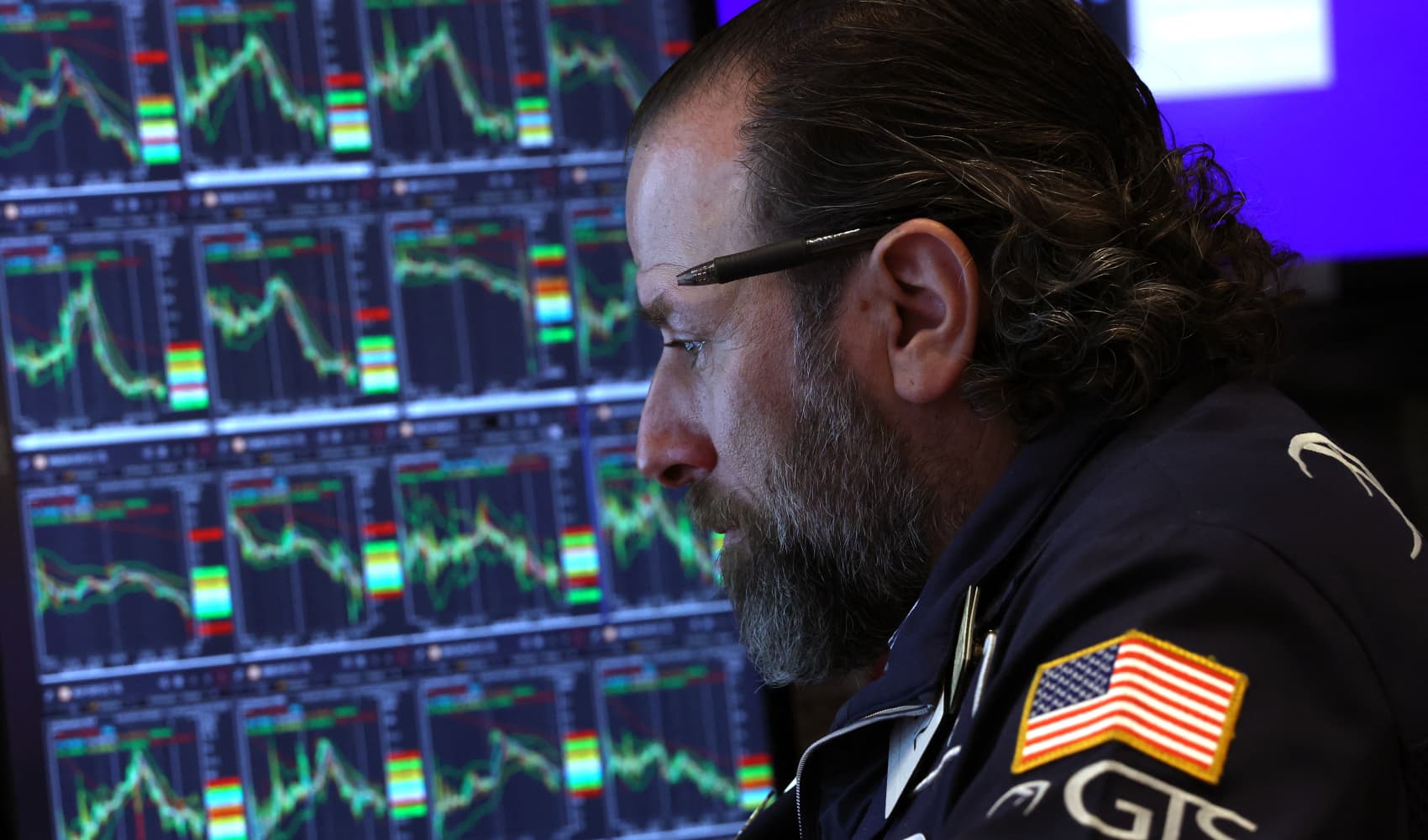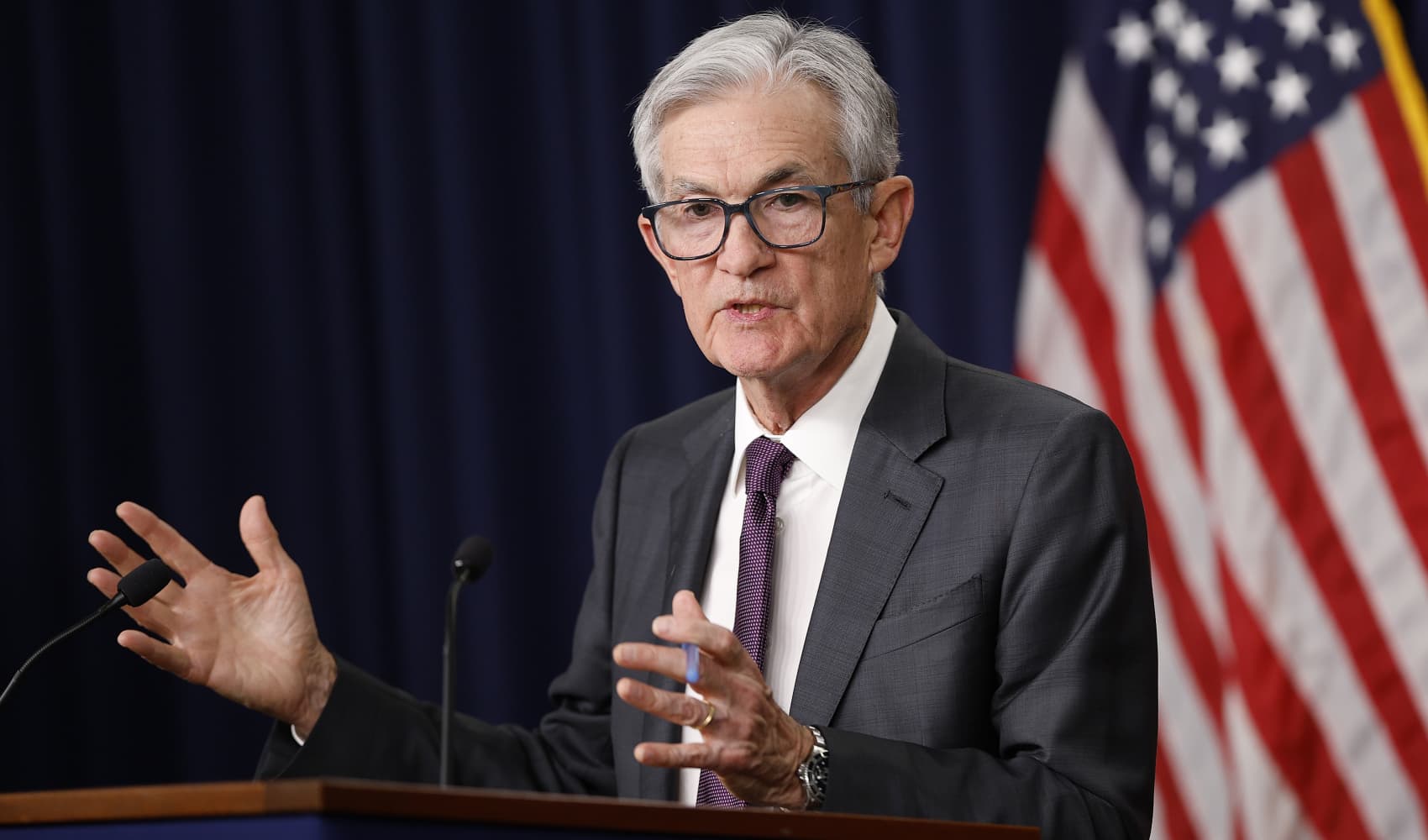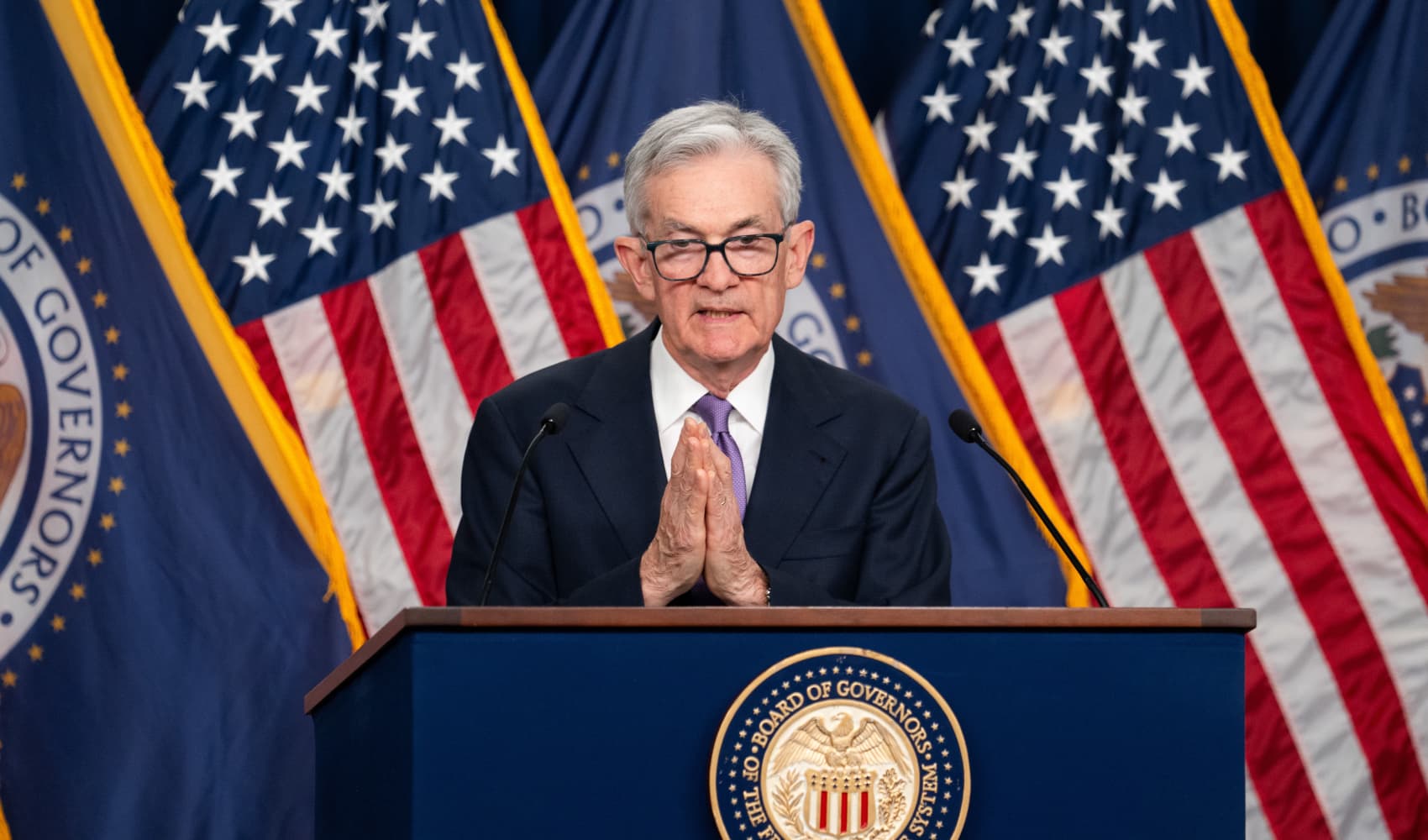U.S. Treasury Yields Plunge: What it Means for You
U.S. Treasury Yields Plunge After Stellar 10-Year Note Auction
Introduction: What's Driving the Bond Market?
Ever wonder why the bond market seems to have a mind of its own? Well, today we're diving deep into the world of U.S. Treasury yields and exploring what happened after a particularly strong 10-year note auction. Yields took a dip, and it's all connected to investor demand, global trade winds, and the overall economic outlook. Think of it like this: the bond market is a giant thermometer, constantly gauging the temperature of the economy. So, let's see what this thermometer is telling us!
This article will unpack the factors influencing Treasury yields, break down the dynamics of the 10-year note auction, and discuss the broader implications for investors and the economy. We'll be looking at why investors are flocking to U.S. Treasuries and what it means for everything from mortgage rates to stock prices.
Understanding Treasury Yields
What are Treasury Yields, Anyway?
Simply put, Treasury yields represent the return an investor receives for holding a U.S. government bond. These yields are influenced by a variety of factors, including inflation expectations, economic growth prospects, and the Federal Reserve's monetary policy. Think of it as the "interest rate" on government debt. The 10-year Treasury yield is particularly important because it serves as a benchmark for other interest rates, like mortgages and corporate bonds.
The Role of Inflation Expectations
Inflation expectations play a HUGE role. If investors expect inflation to rise, they'll demand higher yields to compensate for the erosion of their purchasing power. Conversely, if inflation is expected to remain low, yields may fall. It’s a direct relationship; the higher the inflation, the higher the yield required to compensate for the loss of value over time.
Economic Growth and Yields
A strong economy usually translates to higher yields. Why? Because increased economic activity often leads to higher inflation and greater demand for credit. In a booming economy, companies borrow more to expand, and consumers spend more, driving up interest rates. A weak economy, on the other hand, can lead to lower yields as investors seek safety in government bonds.
The 10-Year Note Auction: A Deep Dive
What is a Treasury Auction?
The U.S. Treasury holds auctions to sell government debt to investors. These auctions are a crucial part of funding the government's operations. The 10-year note auction is one of the most closely watched because the 10-year yield is a key economic indicator. It's like an open market where investors bid on the opportunity to lend money to the government.
Why Was This Auction Considered "Strong"?
A "strong" auction means there was high demand for the bonds, which pushes the price up and the yield down. Think of it like a popular new gadget: if everyone wants it, the price goes up. In this case, strong demand indicates that investors see U.S. Treasuries as a safe and attractive investment, even with rising global trade tensions.
Key Indicators of a Strong Auction
- High Bid-to-Cover Ratio: This ratio compares the total bids received to the amount of bonds offered. A higher ratio indicates stronger demand.
- Lower Yield: Strong demand typically results in a lower yield than expected, as investors are willing to accept a smaller return for the security of owning U.S. government debt.
- Strong Foreign Participation: A significant amount of bids from foreign investors signals confidence in the U.S. economy and the stability of U.S. Treasuries.
The Impact of Lower Treasury Yields
Mortgage Rates and Housing Market
Lower Treasury yields often translate to lower mortgage rates, making it more affordable for people to buy homes. This can boost the housing market and stimulate economic activity. Imagine the potential increase in affordability for homebuyers if mortgage rates decrease!
Corporate Borrowing Costs
Companies also benefit from lower Treasury yields. They can borrow money at lower rates, which reduces their borrowing costs and encourages investment in new projects and expansions. It's like a discount for businesses, giving them more financial flexibility.
Stock Market Implications
Lower Treasury yields can also make stocks more attractive to investors. With bond yields low, the relative attractiveness of stocks – which offer the potential for higher returns – increases. However, it’s a complex relationship, as lower yields can also signal concerns about economic growth, which could negatively impact corporate earnings.
The Role of Global Trade Tensions
Geopolitical Uncertainty and Safe-Haven Assets
Global trade tensions often lead investors to seek "safe-haven" assets, such as U.S. Treasuries. When uncertainty rises, investors tend to flee riskier assets like stocks and corporate bonds in favor of the perceived safety of government debt. Think of it as weathering a storm: investors run for the shelter of U.S. Treasuries.
Impact on Treasury Demand
These tensions can drive up demand for U.S. Treasuries, pushing yields lower. The more anxious investors are about global economic prospects, the more likely they are to pile into these safe-haven assets. It creates a self-fulfilling prophecy: fear drives demand, and demand drives down yields.
The Dollar's Role
The U.S. dollar's status as the world's reserve currency also contributes to the demand for U.S. Treasuries. Many countries hold U.S. dollars and invest them in U.S. government debt, further supporting demand. It’s like the global standard for safety and liquidity.
The Federal Reserve's Influence
Monetary Policy and Yields
The Federal Reserve's monetary policy decisions have a significant impact on Treasury yields. The Fed sets the federal funds rate, which influences short-term interest rates, and also uses tools like quantitative easing (QE) to influence longer-term yields. The Fed is essentially the conductor of the interest rate orchestra.
Future Rate Hikes or Cuts
Expectations about future rate hikes or cuts can also move Treasury yields. If the market anticipates the Fed will raise rates, yields tend to rise. Conversely, if rate cuts are expected, yields tend to fall. It's all about predicting the Fed's next move.
Quantitative Tightening (QT)
Quantitative tightening, the opposite of QE, involves the Fed reducing its holdings of Treasury bonds and mortgage-backed securities. This can put upward pressure on yields, as it reduces demand for these assets. Think of it as the Fed slowly letting air out of the bond market balloon.
Looking Ahead: What's Next for Treasury Yields?
Economic Data and Expectations
Future movements in Treasury yields will depend on a variety of factors, including upcoming economic data releases, inflation reports, and the evolution of global trade tensions. Keep an eye on the employment rate, GDP growth, and consumer price index!
Geopolitical Events
Geopolitical events, such as elections or international conflicts, can also significantly impact yields. Uncertainty tends to drive investors towards safe-haven assets, as we've seen time and time again. It's a reminder that the bond market is always watching the world stage.
The Fed's Communication
Pay close attention to the Fed's communication. Their statements and press conferences can provide valuable clues about the future direction of monetary policy and, consequently, Treasury yields. Reading the Fed's tea leaves is a crucial skill for any investor.
Conclusion: Key Takeaways About Treasury Yields
In conclusion, the recent drop in U.S. Treasury yields following the strong 10-year note auction reflects a complex interplay of factors, including strong investor demand, global trade tensions, and expectations about future monetary policy. Lower yields can have significant implications for mortgage rates, corporate borrowing costs, and the stock market. Understanding these dynamics is crucial for investors and anyone interested in the health of the economy. So, keep your eye on the bond market – it's telling a story worth listening to!
Frequently Asked Questions
Q: What is the significance of the 10-year Treasury yield?
A: The 10-year Treasury yield serves as a benchmark for many other interest rates, including mortgages and corporate bonds. It reflects investor expectations about future economic growth and inflation, making it a key indicator of the overall health of the economy.
Q: How do global trade tensions affect Treasury yields?
A: Global trade tensions often lead investors to seek safe-haven assets like U.S. Treasuries, increasing demand and pushing yields lower. Uncertainty about the global economy drives investors toward the perceived safety of government debt.
Q: What does a "strong" Treasury auction mean?
A: A strong auction indicates high demand for the bonds being offered, which pushes the price up and the yield down. This signals investor confidence in the security of U.S. government debt and can reflect positive sentiment about the U.S. economy.
Q: How does the Federal Reserve influence Treasury yields?
A: The Federal Reserve influences Treasury yields through its monetary policy decisions, including setting the federal funds rate and using tools like quantitative easing (QE) or quantitative tightening (QT). Expectations about future rate hikes or cuts also affect yields.
Q: Should I invest in Treasury bonds right now?
A: Whether you should invest in Treasury bonds depends on your individual investment goals, risk tolerance, and overall financial situation. Consider consulting with a financial advisor to determine if Treasury bonds are a suitable addition to your portfolio, especially considering the current economic climate and interest rate environment.



